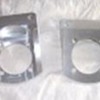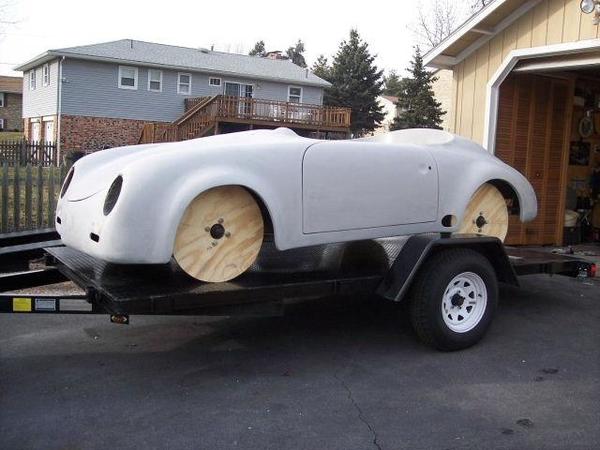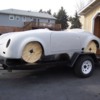Michael--so a search on here about the CB rear disc brakes. As you will read, mine as well as other SOC members' came apart because the rotor is made with two parts , a larger aluminum part ---the outer part-- fused to a smaller steel part that fits onto the axle . I was warned about this and was told that if they are are torqued right when installing, this wouldn't happen. They were and it did. So I had the inner steel part firmly onto the axle while the outer aluminum part could spin around the steel part. It was a pretty good jolt when the slack was taken up! This happened in Richmond VA and it was an unpleasant long drive back home to Arkansas. I was worried that the slack wouldn't take up and the outer part would freely spin around the inner part.
For me the cure was to get two new rotors to replace the faulty ones and I found solid steel rotors from SoCal Imports, p/n 113615601DNS at $ 84.95 each.
This was three years and the replacements have worked perfectly---and why not, they are solid steel! The new steel rotors were plug and play and fit good onto the rear of the CB Performance disc brake kit. You might look into the whole kit that So Cal Imports offers because the whole affair is designed to work together. Call 'em and see what measurements you should provide to swap with the drums on your CMC. The number is 562/633-4979.
I read here that we don't "need" rear discs but a panic stop once out on I-40 with rear drums told me the truth---and we need all the safety we can get with these cars.
Good luck with it! You are damned sure doing the right thing.
ps--My C.B. Ones were called "race strength" too. Disclamer--this was my experience and maybe CB Perf. has changed the way the two part rotors are made. Call and find out.





